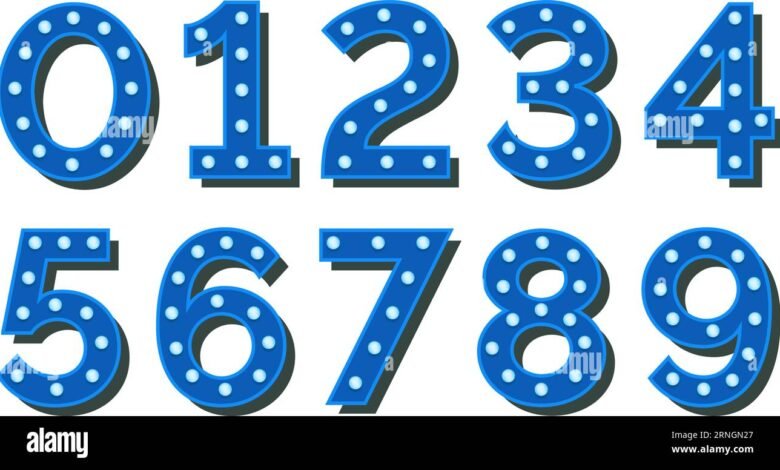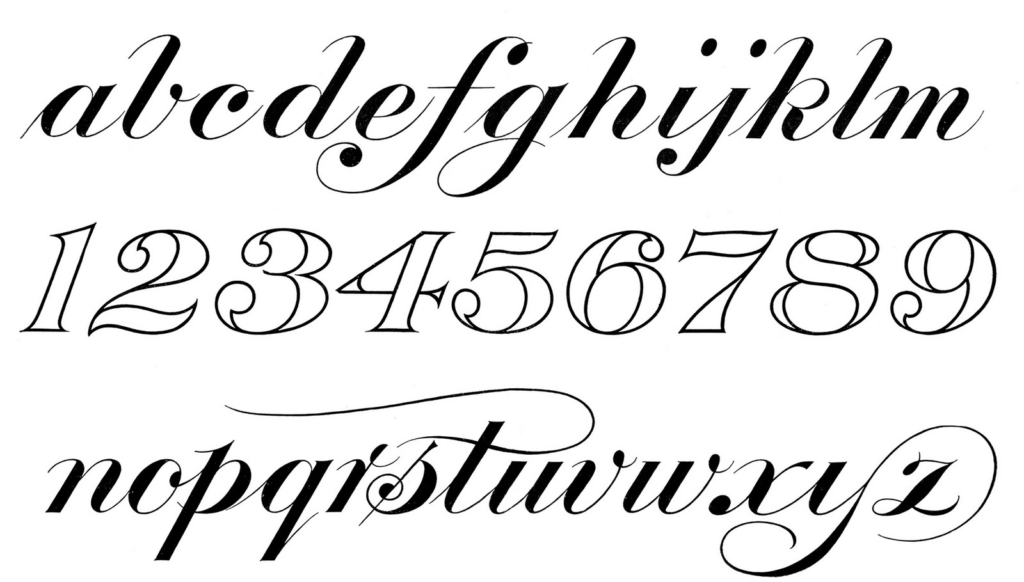Exploring the World of Number Fonts: A Comprehensive Guide

Introduction to Number Font
Numbers are an integral part of our everyday life, appearing in almost every aspect of communication. From road signs to digital displays and elegant typography on invitations, the way numbers are styled plays a crucial role in their visual impact. Number font, also known as numeric typefaces, are designed specifically to enhance the readability and aesthetic appeal of numerical data.
In this article, we’ll delve deep into the world of number font, exploring their history, variety, usage, and how they influence design choices. Whether you’re a designer, a student of typography, or just curious about this fascinating subject, this guide will provide you with all the information you need.
The History of Number Font
The Evolution of Numeric Representation
Before the invention of typography, numbers were hand-drawn or engraved, reflecting cultural influences. Roman numerals dominated ancient times, offering a visually intricate but less practical system for numeric representation. It wasn’t until the adoption of Arabic numerals in Europe during the 10th century that we saw the foundation of modern numeric fonts.
The advent of the printing press in the 15th century revolutionized how numbers were used in print. Early typefaces, such as those designed by Johannes Gutenberg, included numbers that closely resembled their handwritten counterparts.
The Birth of Modern Numeric Typefaces
As printing technology advanced, typographers began experimenting with different designs for numbers. The introduction of proportional spacing allowed numbers to occupy widths that matched their visual weight, making them easier to read. In the 18th century, transitional and modern typefaces like Baskerville and Bodoni included refined number designs that were more consistent in style.
By the 20th century, digital typography paved the way for the creation of countless number fonts, tailored for specific applications such as digital clocks, calculators, and advertising.
Why Number Fonts Matter
The aesthetic and functional quality of number fonts directly affects how they are perceived. A well-designed numeric typeface ensures clarity, improves communication, and enhances the overall user experience. From official documents to creative projects, the choice of can influence credibility and visual appeal.
How to Choose the Right Number Font

Understand the Purpose
Before selecting a number font, consider its intended use. For example, a financial report requires a professional and clear typeface, whereas a party invitation might call for something playful and decorative.
Consider Readability
Numbers must be easily distinguishable, especially in critical contexts like signage, dashboards, and legal documents. Fonts with clear distinctions between similar-looking numbers (like “1” and “7”) ensure better comprehension.
Align with Branding
The choice of font should reflect the personality of your brand or project. A tech startup might opt for sleek, futuristic fonts, while a luxury brand may prefer elegant serif designs.
Experiment with Pairing
Combining a number font with a complementary text font can enhance the overall design. For instance, pairing a bold, modern with a classic serif text font creates a striking contrast.
Popular Applications of Number Fonts

In Web Design
On websites, numbers are often used for pricing, countdowns, and analytics displays. Using a web-safe and responsive font ensures that numbers are legible across devices.
In Print Media
From magazines to brochures, number font contribute to the visual hierarchy, guiding the reader’s eye. Bold, large numbers can serve as section dividers or emphasize important statistics.
In Branding and Advertising
Brands often incorporate unique number font into their logos and advertisements. These fonts can convey messages of innovation, reliability, or elegance, depending on their style.
The Role of Technology in Number Font Development
Digital Tools and Software
Modern typography owes much to design software like Adobe Illustrator, FontLab, and Canva. These tools allow designers to create custom fonts tailored to specific needs, including numeric sets.
Variable Fonts
Variable fonts are a game-changer in typography, enabling dynamic adjustments in weight, width, and style. This flexibility makes them particularly useful for responsive designs where numbers need to adapt seamlessly to different screen sizes.
AI in Font Design
Artificial intelligence is now being used to analyze and replicate successful font styles. AI-powered tools can suggest numeric typefaces based on project requirements, streamlining the design process.
Tips for Using Number Font Effectively
Maintain Consistency
Stick to one or two number font within a project to maintain visual harmony. Mixing too many styles can make your design look cluttered and unprofessional.
Test Across Platforms
Always test your chosen font on different devices and in various lighting conditions to ensure readability and aesthetic appeal.
Leverage Contrast
Using contrasting colors or weights for numbers can draw attention to key information, such as prices or deadlines.
Conclusion: The Endless Possibilities of Number Font
Number font are more than just functional—they are an art form that combines design, history, and technology. By understanding their nuances and applications, you can elevate your projects and communicate your message more effectively.
Whether you’re working on a corporate report, a wedding invitation, or a bold advertising campaign, the right number font can make all the difference. With countless options at your fingertips, the only limit is your imagination.




